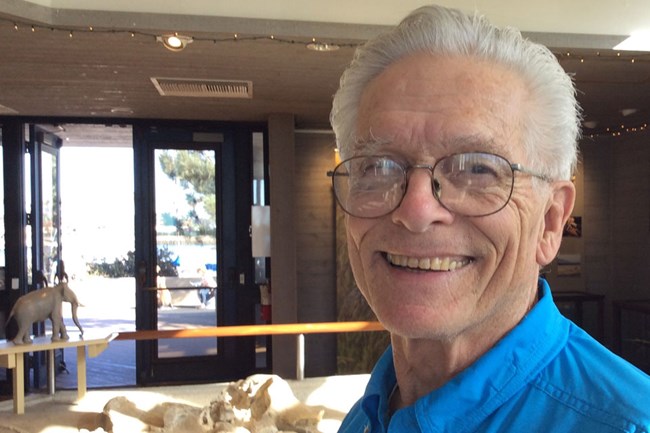
Chapter 10
Don Morris, National Park Service archeologist (retired), discusses the different methods of navigation used by people in the 1800s (nineteenth century) in the Channel Islands.
Native peoples in the Channel Islands likely used star patterns and constellations, ocean currents, and especially wave patterns to navigate in the channel. Stars would provide a reference when traveling at night, which native people did when starting long journeys.
Of course, when the channel was foggy at night or during the day, the stars or other visual clues were no help at all. That’s where awareness of the wave patterns came into play. Native peoples knew the waves came from the northwest and that wave patterns would change as paddlers neared an island.
European and American navigators used the compass, marine sextant (to measure latitude), and chronometer (an extremely accurate clock) to determine their position at sea and measure their progress on a voyage during the 1800s (nineteenth century) and well into the 1900s (twentieth century).
Also essential were accurate, current nautical charts. Supplemental books describing hazards provided additional useful information.
Navigation instruments and nautical charts from this period still exist today and can be seen in museum collections.
The compass allowed the vessel to follow a predictable path toward an objective. The sextant measured the latitude (distance north or south of the equator) by measuring the height of various stars or the sun. The chronometer (an extremely accurate clock) measured the longitude (east or west position) of the ship.
Sailors could set a compass course and follow it to voyage among the Channel Islands, basically navigating by sight, with little or no need to use a sextant or chronometer. This worked very well in good weather, but fog and storms made the navigation more difficult and could cause shipwrecks.
-
Listen to chapter 10 entry
Learn about methods of navigation in the 1800s (nineteenth century).
Chapter 20
Don Morris, National Park Service archeologist (retired), discusses artifacts found in sea caves in the Channel Islands.
Artifacts like reed figures preserve very well in dry caves or in very cold places like the Arctic. For example, archeologists have found twig figurines in the Grand Canyon that are 4,000 years old. However, archeologists do not always find everything left behind by earlier people. Many objects created by indigenous people that contain bone, wood, and other organic materials weather away and disappear over time, but stone objects are more likely to remain.
Sea caves, such as those found in the Channel Islands, are wet and have strong water currents. If reed figures, like those described in Island of the Blue Dolphins, were left in a sea cave, the figures would be swept out to sea. Although basketry fragments and other perishable items have been found in dry caves on the Channel Islands, no twig or reed figurines have so far been found in sea caves of the Channel Islands.
Burial and sacred sites are found in low energy (stable) locations where materials last. Because of environmental conditions, ceremonial sites are not as easily identified on the Channel Islands as they are in other locations, such as pueblos in the dry, arid Southwest.
-
Listen to chapter 20 entry
Learn about artifacts found in caves on the Channel Islands.
Last updated: June 13, 2017
